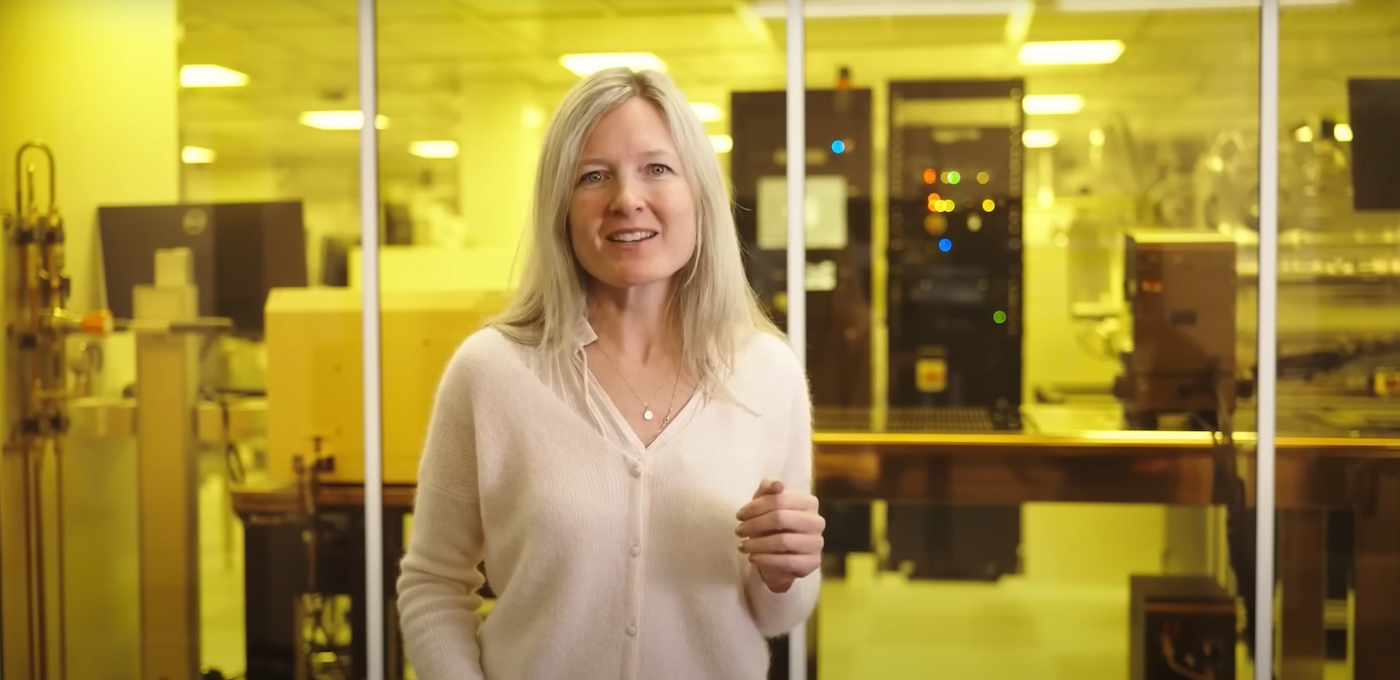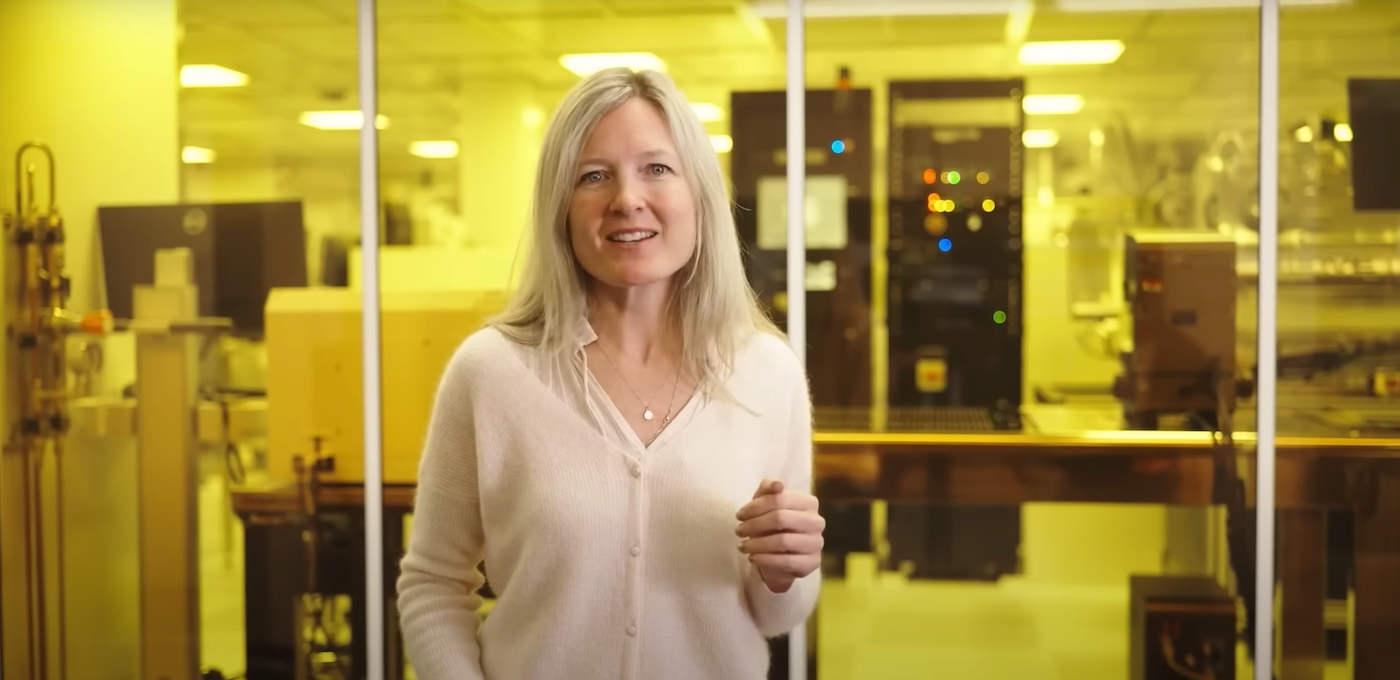Microsoft’s Quantum Computing Breakthrough Met with Doubt
In February, Microsoft announced a significant advancement in quantum computing, claiming the creation of a new form of matter and an innovative quantum computer architecture. The company suggested this architecture could potentially solve complex industrial problems within years. However, the announcement has been met with skepticism from researchers and scientists who dispute Microsoft’s claims.
The core of Microsoft’s announcement revolves around topological qubits. The company stated its in-house experts had developed “the world’s first topoconductor,” a material that can observe and control Majorana particles to produce more reliable and scalable qubits, the fundamental building blocks of quantum computers.
Majorana particles are fermions, a type of subatomic particle. The potential of these topological qubits lies in their supposed natural ability to reduce errors, one of the largest hurdles in current quantum computing technologies. The topoconductor is a component of a chip called Majorana 1, claimed by Microsoft to be a crucial step toward industrial-scale quantum computing within years. The company also stated the chip is a pathway to fitting one million qubits on a single chip. Furthermore, Microsoft claims the topoconductor creates a new state of matter arranging Majorana particles in a grid of H-shaped units.
“It’s complex in that we had to show a new state of matter to get there, but after that, it’s fairly simple. It tiles out. You have this much simpler architecture that promises a much faster path to scale,” said Krysta Svore, Microsoft technical fellow.

The research is part of the DARPA’s US2QC competition, an initiative to develop a quantum computer with computational value that exceeds its costs.
Skepticism from the Scientific Community
Microsoft’s announcement drew skepticism from the scientific community, largely due to the elusive nature of Majorana particles. First proposed in 1937, experimentally verifying these particles has been challenging. Yet, Microsoft declared it had not only detected these particles but also harnessed them in a working machine with eight topological qubits.
Objections to Microsoft’s methodology have quickly arisen. The editor of Nature pointed out that the published paper does not provide proof of Majorana particles in specific devices. According to NewScientist, experiments of the type Microsoft performed tend to produce false signals that may appear as Majoranas. Researchers also argue that Microsoft has not released enough evidence to support its claims.
Henry Legg, a lecturer in theoretical physics at the University of St Andrews in the U.K., published a pre-print critique stating Microsoft’s work “is not reliable and must be revisited.” Legg says the company’s work does not have a “consistent definition,” and the findings “vary significantly, even for measurements of the same device.”
Microsoft’s quantum VP, Zulfi Alam, responded, calling Legg a “pontificator” who didn’t “bother to read the papers or even try to understand the data.”
Gerald Mullally, interim CEO of Oxford Quantum Circuits, commented on the announcement, stating, “The announcement from Microsoft on their topological qubit – a qubit harnessing matter which can be reformed to perform the low-error operations crucial to quantum computing’s success – has been a core strategy for Microsoft for over a decade.” He added, “While this is a significant moment for the maturity and fast march of the industry, further research on measured coherence and gate fidelity characterization – key metrics to understand the platform’s viability – is required to really understand its impact. Research such as this from a major technology company underpins the importance and prospects of commercial quantum computing.”
Time will tell whether Microsoft’s announcement represents a genuine quantum revolution.


